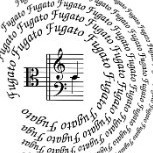M240 - Out of the camera JPEGs not too sharp??
-
Recently Browsing 0 members
- No registered users viewing this page.
-
Similar Content
-
- 6 replies
- 501 views
-
- 18 replies
- 535 views
-
- 77 replies
- 4,143 views
-
Leica Q2 Jpeg 1 2 3
By tkao2025,
- 46 replies
- 21,453 views
-
- 7 replies
- 518 views
-




Recommended Posts
Join the conversation
You can post now and register later. If you have an account, sign in now to post with your account.
Note: Your post will require moderator approval before it will be visible.